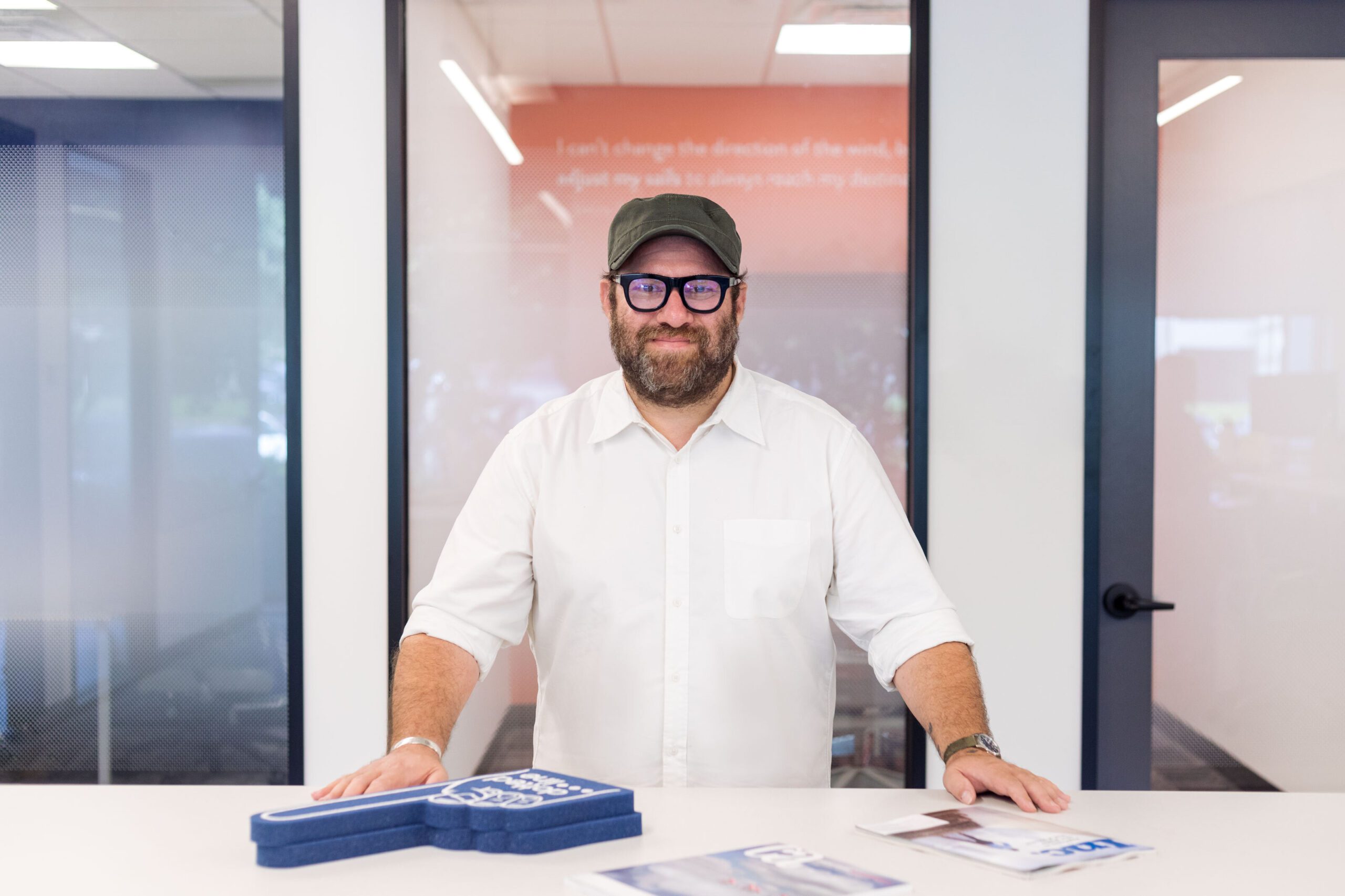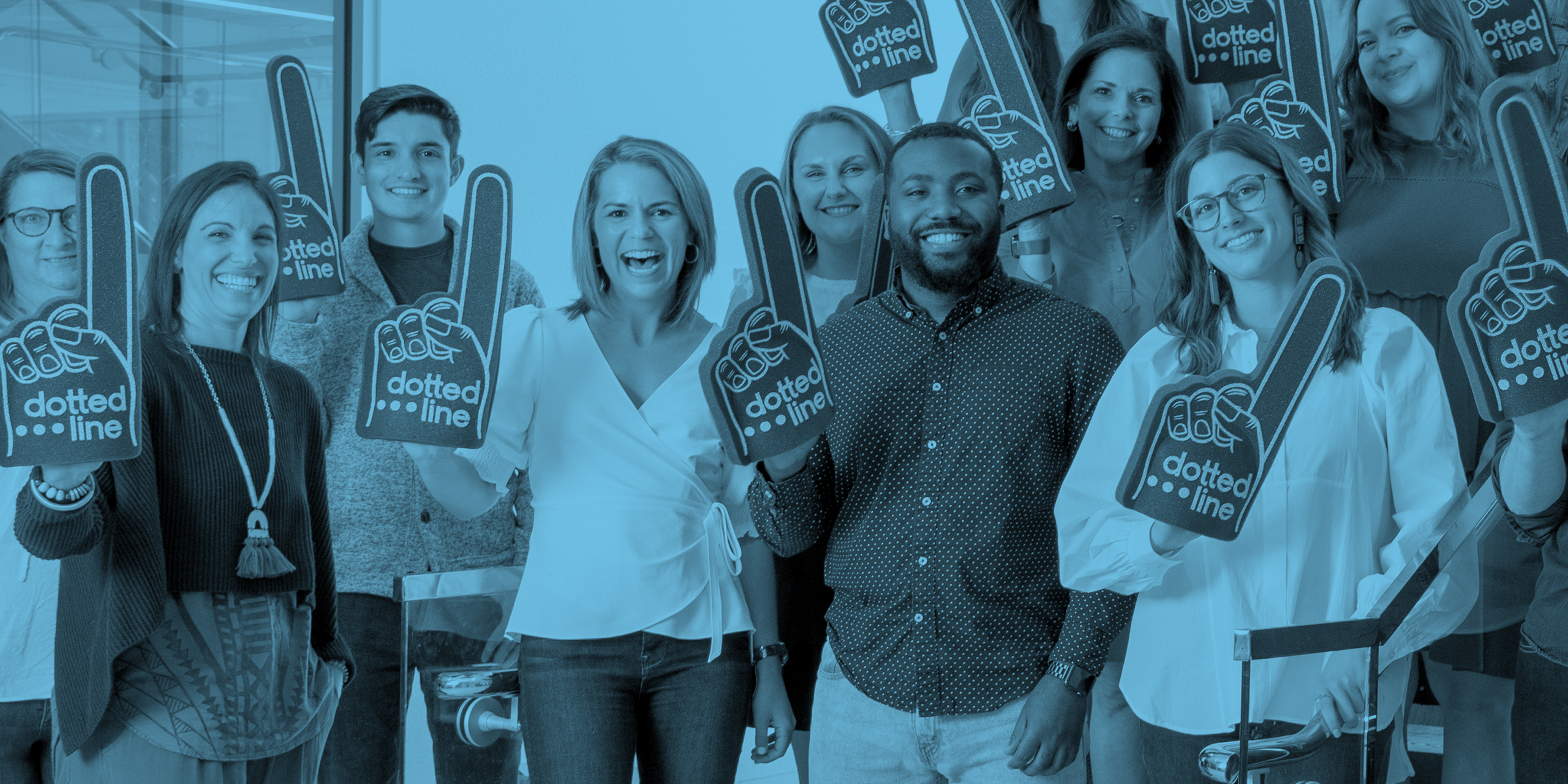By Lauren Sweeney
In late August, I stood at the base of a mountain in Utah.
Over the next 36 hours, I hiked it 13 times up and down, struggling each time to gather the energy to repeat my ascent. By late afternoon on the second day, I had hiked 29,029 vertical feet — roughly the equivalent to the height of Mount Everest.
This was Everesting. It was my misogi challenge for 2022: one in which I set an impossible goal designed to uncover what I’m capable of. I’ve learned a lot from this form of goal setting over the last four years, with an eye on applying these lessons to push Dotted Line forward.
My experience on that Utah mountain gave me much more than anticipated. Here are the lessons I learned that I’m carrying into 2023 and beyond.
1. Tackle your goal with grit and perseverance.
Any challenge comes with unforeseen problems, so we shouldn’t be surprised when these issues surface. Working through problems and adversity often separates those who will achieve their goal and those who won’t.
The difficulty of the challenge is what makes your success that much sweeter. That conviction when reaching the goal fuels a mindset of greater confidence and mental fortitude.
2. Attitude means everything.
As a mentor has shared with me about agency ownership, “Your attitude determines your altitude.” That’s because our thinking and beliefs drive our behaviors.
In our eight years, Dotted Line has ridden that coaster of highs and lows, ups and downs. If we believe we can tackle a pitch, we can. If we believe we can answer creatively to the toughest client test, we can. Positivity makes everything come together in magical ways.
3. Break it into bite-sized pieces.
Scaling a team, a product, or a company is an uphill challenge. Breaking the effort into individual steps focuses you on smaller pieces to complete and then move on to the next.
You control the pace of that progress, including if you need to break down one step into micro-steps. The important thing is that you don’t stop but simply keep moving forward with progress.
4. We are the stories we tell ourselves.
In agency ownership, there are seasons when we have momentum, and every move feels like a win. Then there are years when we don’t achieve our goals. This happens in business.
You can’t succeed if you don’t try. I’ve learned the hard lessons of remaining optimistic, learning from our misses, and keeping focused on my purpose and ultimate desired outcome.
5. The journey is the ultimate success.
Part of the mantra at Everesting is, “The journey isn’t about winning or losing; it’s about winning and learning.”
This past year at Dotted Line, we saw success with notable new clients, award-winning creative work, and business expansion. We learned about our shifting culture and people priorities to align with where we’re headed next. We learned about operating in our sweet spots and how to focus our talents.
No matter the season – whether it be a year of peaks or valleys – there is support, growth and much to appreciate in life.
This article has been edited for length. Visit Little Black Book to read the full version.
;)
;)
;)
;)
;)
;)
;)
;)
;)